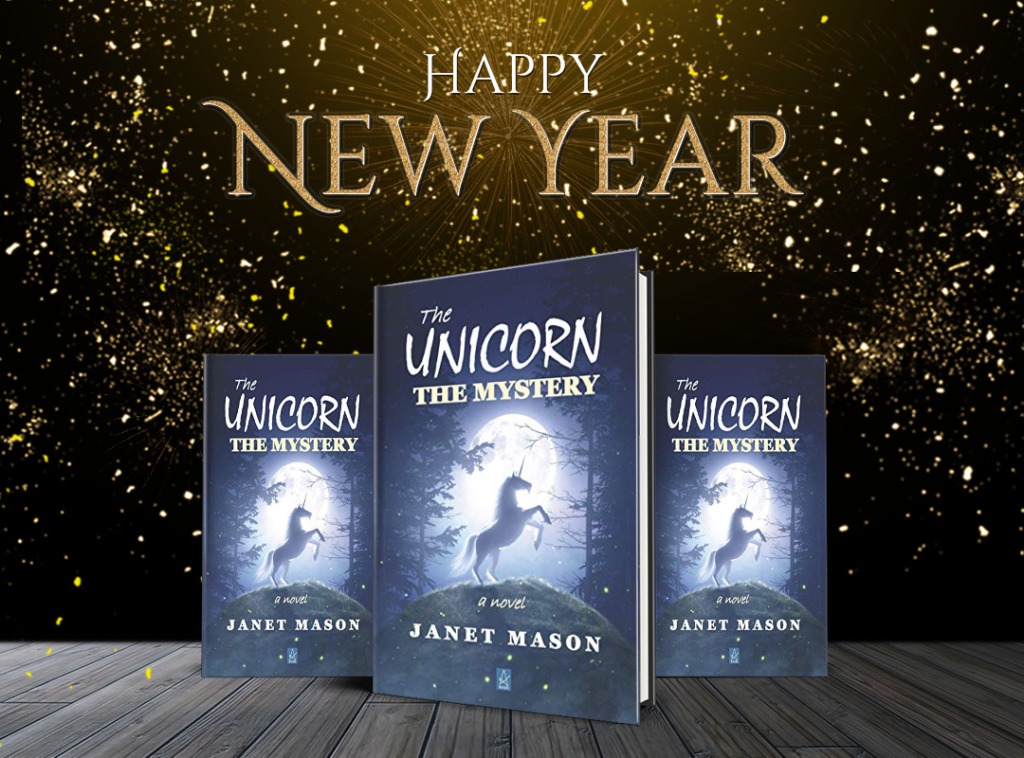This is from a Unitarian Universalist service based on theme of “The Gospel According To Gandalf.” The service was about magic and being the hero of your own story.
The YouTube video of my talk is below. The complete text of my talk is below that. The service took place at the Unitarian Universalist Church of the Restoration on Stenton Ave. in Philadelphia.
When I first learned that the service for today was on the Gospel According to Gandalf, I drew a blank. I have long prided myself on the fact that fantasy writing has nothing to do with me. But I remembered that I really enjoyed the talk on this topic last year. I also remembered that I identified with the character Frodo in that he was defiant and had no interest in power but is the hero of his own story.
Then I remembered that I absolutely loved the Lord of the Rings trilogy when I read it as a teen. It allowed me to enter the mystery. I loved it so much that I wrote “Everybody should read The Lord of the Rings” in large letters with a black sharpie on the white bathroom wall in a dive bar in Trenton that I hung out in when I was a teenager. My then best friend, who died young, looked at me in utter delight and exclaimed, “I knew you wrote that. I knew it!”
What can I say? It was the seventies. I was a teen and, like all my friends, then, I had a substance abuse problem. It is something that I tried to leave behind me. I wrote one novel based on this experience and closed the book. I thought I was done. But the fact is that I have had an off again, on again relationship with substances over the years. My own story of abusing substances when I was a teen – in a certain time and place – is something I felt bad about for a long time.
Of course, I regretted how this behavior may have affected others – especially my parents. But the question that I always came back to was, “Why did I do that to myself?” After many years, I concluded that I had to do something to break out of the confines of my life, and that is what I did. So, I forgave myself. After all, the past is the past.
And while I would never want to encourage anyone to use substances, my experiences weren’t all bad. There were a few moments of breaking through to something brilliant and elusive that may have laid the seeds for the talking unicorn in my head whose words I wrote down in a novel titled The Unicorn, The Mystery which will be published later this year by Adelaide Books. The novel is based on the unicorn tapestries in The Cloisters that is part of The Metropolitan Museum in Manhattan.
So, fantasy writing probably does have something to do with me – even if the talking unicorn in my head is a realist. And I may have unconsciously modeled myself on Frodo. Who knows? I do know that I have come here for a number of years – to this Unitarian Universalist church — and listened to the opening statement that included some variation of you are welcome to bring all that you are. It must have sunk in because here I am talking about something that I thought I was done with.
Interestingly, it wasn’t until last fall in the year that I turned sixty and embarked on a balanced plant-based diet for health reasons, that I experienced an absence of any craving – including alcohol and other products that contain sugar. In addition to being addictive, sugar compromises the immune system – important to know during these trying times. It wasn’t just me who found that a plant-based diet eliminated cravings. At a party, I met a young woman with blue hair who had been formerly addicted to heroin but who had since gone to a plant-based diet.
We all have a past. So, I encourage you to bring all that you are here – including histories that you may not be proud of but that we can all learn from.
Remember, you are the hero of your own story.
Namaste
The Unicorn, The Mystery is available online where books are sold. You can also find it at your local library (just ask the librarian to order it if the don’t already have it), through your local bookstore or directly from the publisher, Adelaide Books.
To learn more about my recently published novel — The Unicorn, The Mystery, click here:
The Unicorn, The Mystery now available from Adelaide Books — #amreading #FaithfullyLGBT





